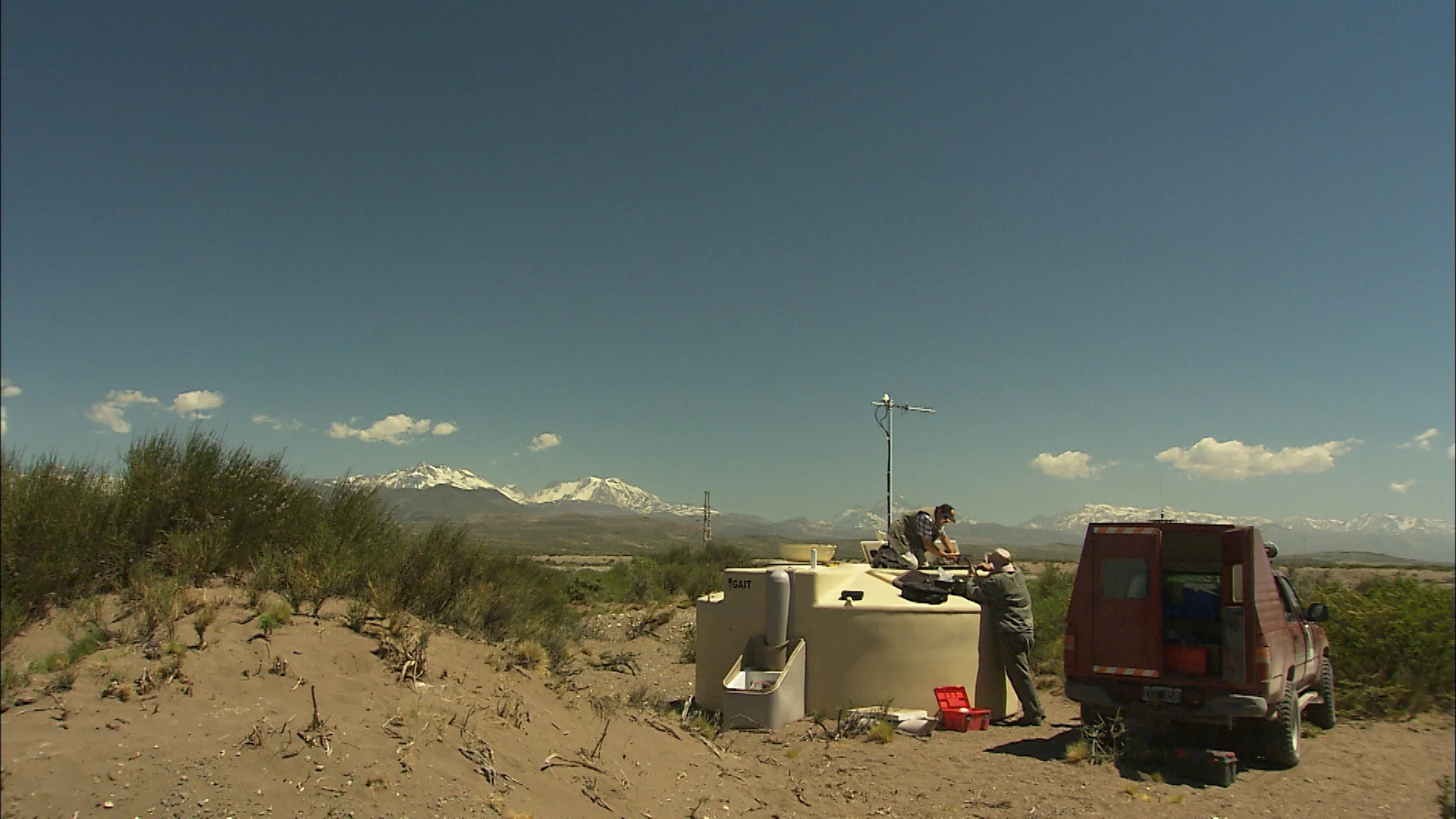Potato Biodiversity • Director | Producer
Farmers in the Andes use biodiversity as insurance. The potato, a plant native to the area that is now the world's fourth most important staple crop, is still locally grown in thousands of varieties. With help from Lima's International Potato Center, Andean farmers are preserving potato diversity to protect this critical food source against threats like pests and diseases, weather extremes, and climate change.
Huancayo and Huancavelica, Peru
The Risk Beneath Bangladesh • Director | Producer
With a population exceeding 160 million in an area the size of Iowa, Bangladesh is Earth's most crowded nation. It also straddles several tectonic plate boundaries that have produced large earthquakes in the past. Watch geologists map a significant fault near the capital, Dhaka, and study how an earthquake on that fault could cause a river to shift dramatically through the populous region.
Dhaka and Sylhet, Bangladesh
A New View From the South Pole • Director | Producer
The icy South Pole desert is a harsh and desolate landscape in which few life-forms can flourish. But the extreme cold and isolation are perfect for astronomical observations. Taking advantage of the severe conditions, scientists are using the new South Pole Telescope—the largest ever deployed in Antarctica—to observe the oldest light in the Universe, the cosmic microwave background (CMB).
McMurdo and South Pole Stations, Antarctica
Lemurs of Madagascar • Producer
On the world's fourth largest island, and virtually nowhere else, lives an entire "infraorder" of primates: the three dozen or so lemur species. But Madagascar has radically transformed since another primate—humans—arrived two thousand years ago. Rampant deforestation, habitat fragmentation, and other anthropogenic factors are impacting lemurs much faster than evolution can mitigate the effects. Follow American and Malagasy scientists through the country's remaining forests to learn how these compelling creatures are coping with change.
Ranomafana National Park, Madagascar
High Energy Cosmic Rays • Director | Producer
The history of cosmic ray research is a story of scientific adventure. For nearly a century, cosmic ray researchers have climbed mountains, soared in hot air balloons, and traveled to the far corners of the Earth in the quest to understand these energetic particles from space. They have solved some scientific mysteries—and revealed many more. With each passing decade, scientists have discovered higher-energy and increasingly more rare cosmic rays. The Pierre Auger Project is the largest scientific enterprise ever conducted to search for the unknown sources of the highest-energy cosmic rays ever observed.
Malargüe, Argentina




